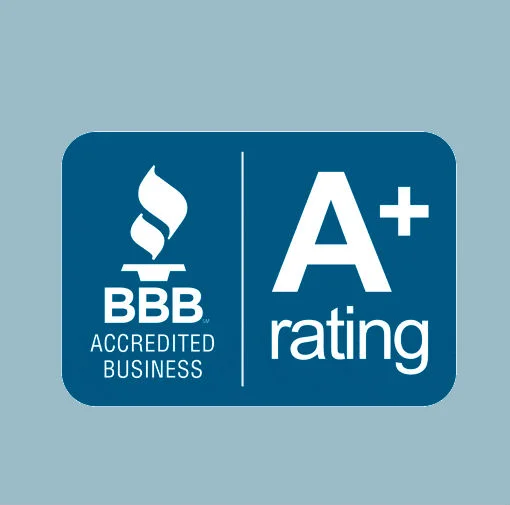Professional Referral Marketing: Four Cornerstones and Eight Fatal Errors
How to lose colleagues faster than you can say "Professional Referral Faux Pas"

Our usual "rapid fire" pace kicks up a notch or two when we talk candidly about the interaction–the good, the bad and the otherwise–between and among professional organizations. Marketing to practices that refer or could refer to your practice is of critical concern, especially the specialist who depends on the generalist for referrals.
But everyone around the table enjoys this segment. It's a lot of fun (usually) for both the generalist and the specialist who are keenly aware of the ebb-and-flow. Quality patient care and good case management rely on professional capability and interpersonal relationships.
With years of experience working with practitioners and staff of all shapes, sizes, locations and temperament, we share a ton of candid and highly effective strategies about what to do and what not to do. But we don't have enough space here to tell all those secrets, so let's look at the foundation of a really good professional referral system–including the fatal mistakes we've seen.
It's got to be a system. Assuring a regular flow of referrals from other healthcare businesses requires a regular, systematic-even scheduled-amount of time and attention. Success and continuing results come from a habitual process, not a loose collection of occasional and independent tactics.
Build relationships. Professional referrals are based squarely on sound relationships. Doctors and their staff refer to people they like, trust, feel are competent and believe are successful. As we all know, personal relationships require time and attention to maintain and grow. So...take care of the people who take care of you. That rule is a two-way street.
Don't do what they hate. There's probably no end to the list of possible mistakes, but here's our list of hot buttons that we know from experience will quickly kill a referral pipeline. In random order, here are things that primary care physicians, or referring practices, especially hate (and what you can do to avoid the problem):
- Having the impression that you are stealing their patient. (The key word is impression.) Simple neglect, oversight or unintentional error or omission can create the feeling that their generous referral has cost them a patient. So always send the patient back–with some deliberate process steps and a bit of ceremony if necessary for notice–to the referring physician.
- Failing to keep the primary care physician informed. Let the referring practice or business know that the patient has been scheduled, that you appreciate the referral and that you will continue to communicate about what follows. Let them know often with regular progress reports.
- Not seeing referred patients promptly. Referring physicians hate to have their patients' care delayed because the patient can't get in to see you in a timely way. Make a special effort to accommodate the referred patient as soon as possible. And let the referring practice know what transpires.
- Telling the patient (or the doc) that the primary care diagnosis was wrong. Nobody likes to be wrong, especially doctors. And absolutely nobody likes to be told they were wrong. If your specialist treatment plan is different from what the patient or PCP may be expecting, find a smooth-as-silk way to communicate this to both.
- Talking down to the primary care physician (or sounding like it). This is almost as bad as telling them they were wrong. A general practitioner may not know your specialty as well as you do, so take care to communicate peer-to-peer, as colleagues in the care of the patient.
- Referring the patient on to another specialist without consulting the original referring physician. When the best course for the patient is to see a different or second specialist or sub-specialist, consult the primary doc. This courtesy is respectful, avoids the "stolen patient" impression, and covers the "keep them informed" mandate. Good diplomacy has many benefits.
- Being unavailable when treatment is unsuccessful. The specialist who quietly fades away without recommendations on a next course of treatment leaves a bad impression and bolts the door on future recommendations.
- Refusing to take a "lesser" case after taking many good-paying cases. Enough said.
By the way, there's no fanfare when people stop referring. You will not get a telegram or fireworks ending a referral relationship. They just quietly stop referring. You may not even know what happened (or failed to happen). And worse, if a practice stops referring, they probably will NOT tell you, but they may tell their friends. Your reputation is damaged and you may quietly lose other referral sources.
It is difficult to fix a referral relationship gone sour. Even when the cause was unintentional or an oversight, or a simple error–once stopped, referral channels are likely stopped forever. It is difficult to build the bridge of trust–and once lost, probably impossible to repair.
If any of this sounds familiar, either on the giving or getting end of the referral chain, it's worth taking a serious look at some of the dozens of techniques to build a quality professional referral system.
Related Articles:
Referral Pipeline Rules Made Simple: Physician Marketing Basics That Keep It Flowing
When Referral Sources Die, Defect, Retire—What Are You Going to Do Now?
The 3 Cs for Winning Professional-to-Professional Referrals
Scary Secret #4: What Doctors Don’t Know About Professional Referrals
When Doctors Underestimate Rival Practices, Professional Referrals Vanish









